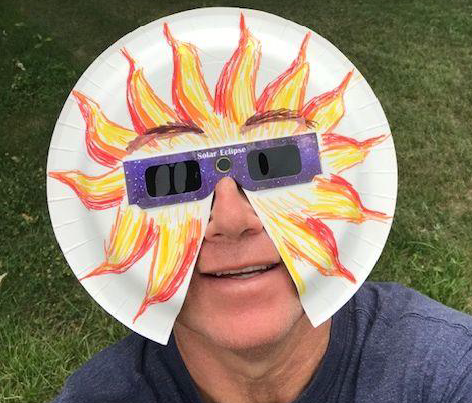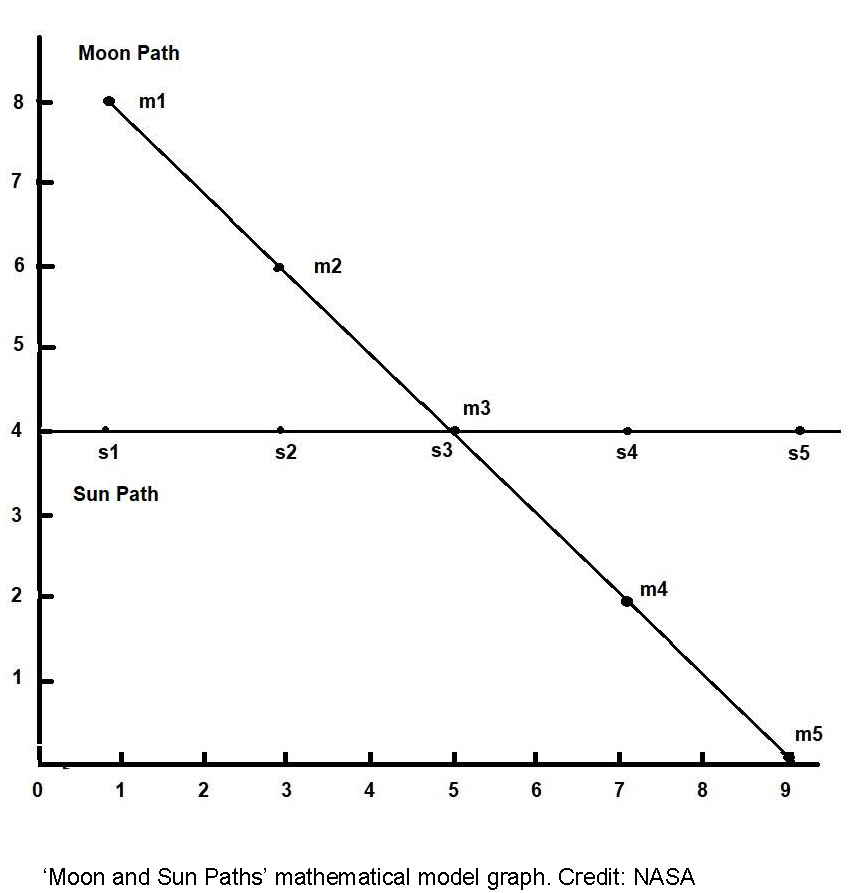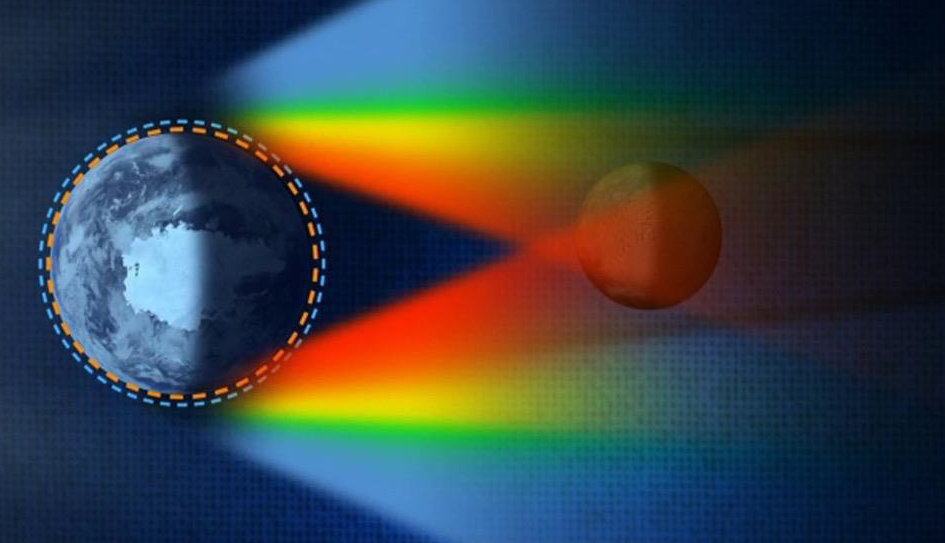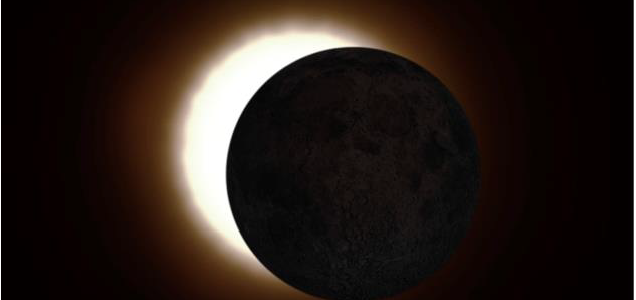Lesson Plans
Solar Eclipse Implementation Sequence
Overview
The Solar Eclipse Implementation Sequence provides a series of lesson plans for students to learn about solar eclipses.
Materials Required
- Solar Eclipse Implementation Sequence
- Student materials will vary based on the selected lessons
Procedure
Remember to never look directly at the Sun without proper safety equipment.
Teacher Directions:
The Implementation Sequence is a guide to get you started with teaching your students about solar eclipses. The lessons listed are for a five-day series.
- You will find one activity for each day.
- Day 1: Mini Lesson- What is a Solar Eclipse?
- Day 2: Lesson Plan- What are the Different Types of Solar Eclipses?
- Day 3: Lesson Plan- Safely Observing the Sun
- Day 4: Lesson Plan (day 4 and 5)- What do Scientists Learn about the Universe from Observing Solar Eclipses?
- Day 5: Lesson Plan (day 4 and 5)- What do Scientists Learn about the Universe from Observing Solar Eclipses?
- The duration for each day varies from 30 to 50 minutes.
- The lessons include NGSS Disciplinary Core Ideas (DCIs), learning objectives, and activities/assessments.
- There are additional resources available in the implementation sequence that you can use as an extension of your lessons.
- To view the sequence in its entirety, print the Solar Eclipse Implementation Sequence.
Disciplinary Core Ideas:
- ESS1A: The Universe and its Stars
- ESS1B: Earth and the Solar System
Crosscutting Concepts:
- Patterns
- Scale, Proportion, and Quantity
- Systems and System Models
Science and Engineering Practices:
- Developing and Using Models
- Analyzing and Interpreting Data
- Using Mathematics and Computational Thinking
- Engaging in Argument from Evidence
- Construct an explanation of what a solar eclipse is supported by evidence
- Use data to recognize different features of the Sun
- Analyze solar eclipse data in order to prove why we don’t have solar eclipses every month
- Safely observe a solar eclipse
- Calculate the size to distance ratio of the Sun and the Moon from Earth to determine how a solar eclipse can occur
Why are Solar Eclipses significant?
What are the different types of eclipses?
How can an eclipse affect weather variables on Earth?
Solar eclipses occur during a New Moon when the Moon is in between the Sun and the Earth, casting its shadow on the Earth. The plane of the Moon’s orbit is slightly different from Earth’s orbit around the Sun which is why solar eclipses do not happen every time there is a New Moon. The Moon’s orbit is also elliptical. When the Moon is near its farthest distance from Earth, it appears small and does not completely cover the Sun. These eclipses are called annular eclipses in reference to the mathematics term annulus which is the space between two concentric circles. Total eclipses occur when the Moon is at or near its closest point to Earth. You must wear solar eclipse glasses while observing the eclipse; however, when you can no longer see the sun, it is safe to briefly take off your solar eclipse glasses to see totality. This is when the Moon fully blocks the Sun and the corona can safely be observed with the naked eye. The corona, the outermost layer of the Sun’s atmosphere, is of particular interest to NASA because a constant stream of particles called solar wind flow from the Sun, through the corona and into our solar system where they can interfere with technology in space and on Earth.
While the topic of solar eclipses ties together all of the resources in this implementation sequence, there is a wide range of content addressed in these lessons ranging from the life cycle of stars to solar weather. Below you will find a suggested pacing sequence; however, there are many possibilities for the order of these lessons. Choose one or several resources to incorporate into your curriculum!
"Studying the innermost part of the corona – visible only during total solar eclipses – is key to answering fundamental questions about how heat and energy are transferred from the Sun out into the solar wind, the constant stream of particles that the Sun spews into the solar system. The solar wind can impact humans and technology at Earth, so understanding how it becomes accelerated at the Sun can help predict its impacts at home."
Learn more at NASA Eclipse Science.
Source: NASA Research | Science. (n.d.). NASA Solar System Exploration. Retrieved February 26, 2023, from https://solarsystem.nasa.gov/eclipses/science/nasa-research/
- Internet Required








